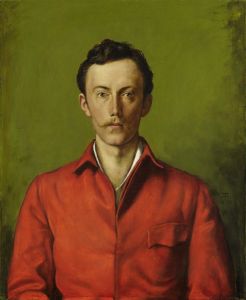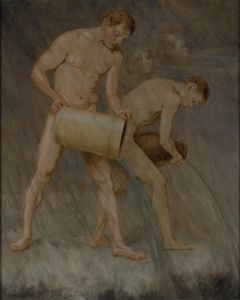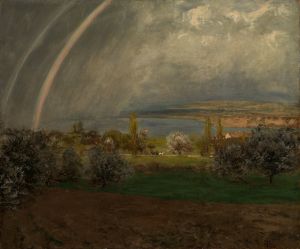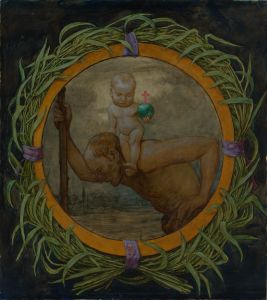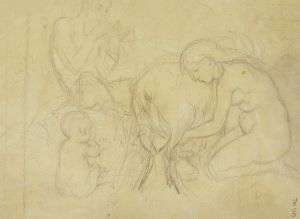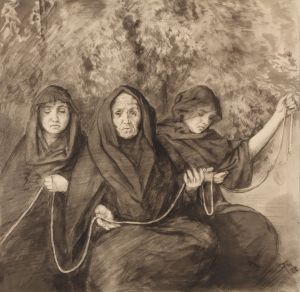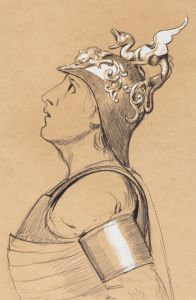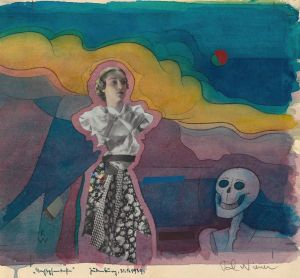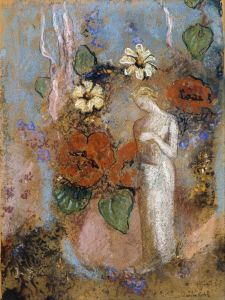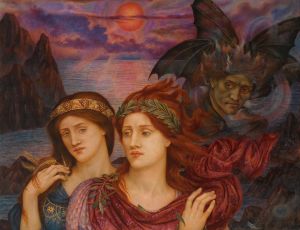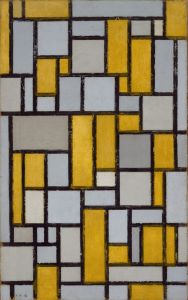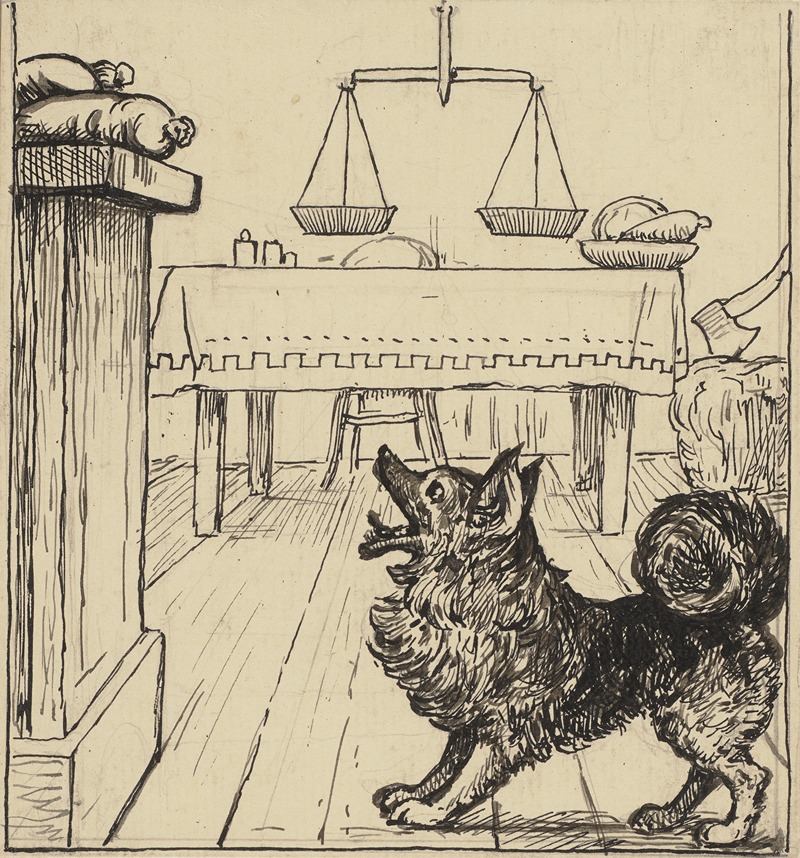
Waage
A hand-painted replica of Hans Thoma’s masterpiece Waage, meticulously crafted by professional artists to capture the true essence of the original. Each piece is created with museum-quality canvas and rare mineral pigments, carefully painted by experienced artists with delicate brushstrokes and rich, layered colors to perfectly recreate the texture of the original artwork. Unlike machine-printed reproductions, this hand-painted version brings the painting to life, infused with the artist’s emotions and skill in every stroke. Whether for personal collection or home decoration, it instantly elevates the artistic atmosphere of any space.
Hans Thoma (1839–1924) was a German painter associated with the Realist and Symbolist movements. His works often depicted landscapes, portraits, and allegorical themes, reflecting his deep connection to nature and his interest in mythology and spirituality. Among his notable works is Waage (translated as The Scales), a painting that exemplifies his unique artistic style and thematic focus.
Waage is an allegorical painting created by Thoma in 1890. The artwork portrays a central figure holding a set of scales, symbolizing justice, balance, or moral judgment. The figure is often interpreted as a personification of an abstract concept, a common motif in Thoma's oeuvre. The painting is characterized by its meticulous attention to detail, harmonious composition, and a serene yet contemplative atmosphere. Thoma's use of soft, naturalistic colors and precise brushwork reflects his training in the Realist tradition, while the symbolic elements align with the broader Symbolist movement of the late 19th century.
The background of Waage features a tranquil landscape, a recurring element in Thoma's work. This setting underscores his affinity for the natural world and his ability to integrate it seamlessly into his allegorical narratives. The painting's serene environment contrasts with the weighty symbolism of the scales, inviting viewers to reflect on the themes of justice, morality, and the human condition.
Hans Thoma was deeply influenced by the art of the Renaissance, particularly the works of Albrecht Dürer and Hans Holbein. This influence is evident in the clarity and precision of his compositions, as well as in his interest in allegorical and moralistic themes. Waage reflects these influences while also showcasing Thoma's distinctive artistic voice.
The painting is housed in the Staatliche Kunsthalle Karlsruhe, a museum in Karlsruhe, Germany, which holds a significant collection of Thoma's works. The Kunsthalle has played a crucial role in preserving and promoting Thoma's legacy, ensuring that his contributions to German art are recognized and appreciated.
While Waage is not as widely known as some of Thoma's other works, it remains an important example of his ability to blend realism with symbolism, creating art that is both visually appealing and intellectually engaging. The painting continues to be studied and admired for its artistic merit and its exploration of timeless themes.






